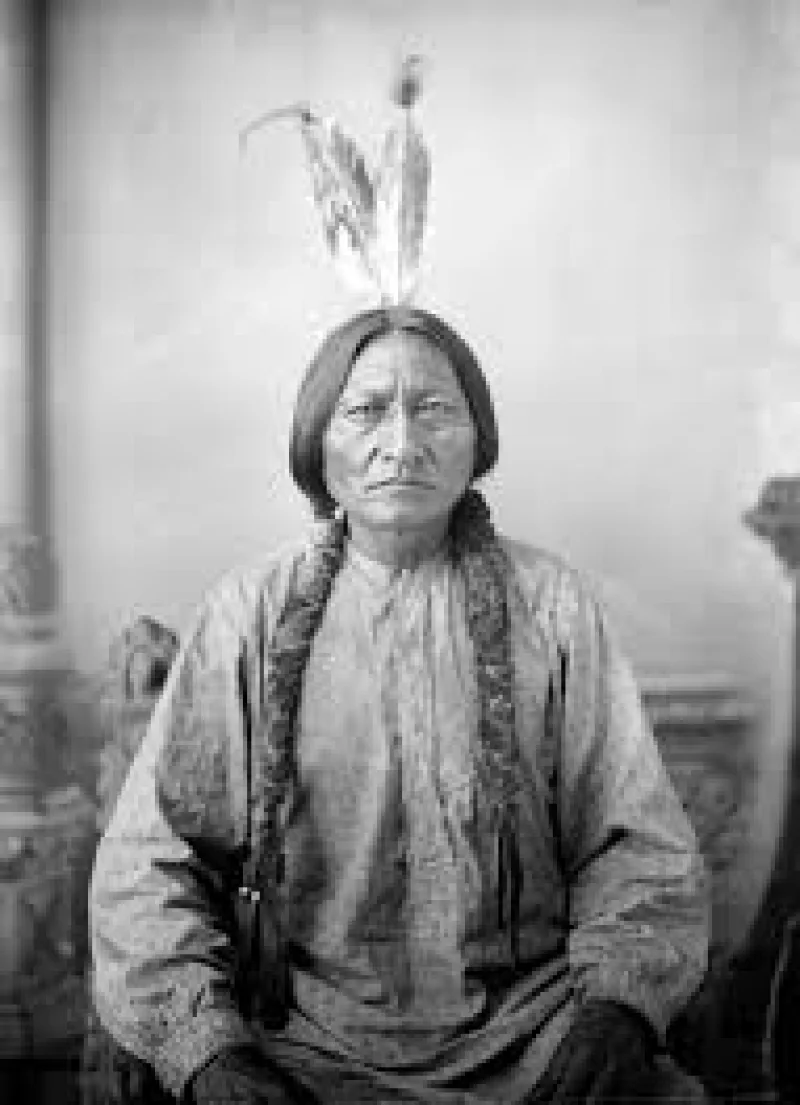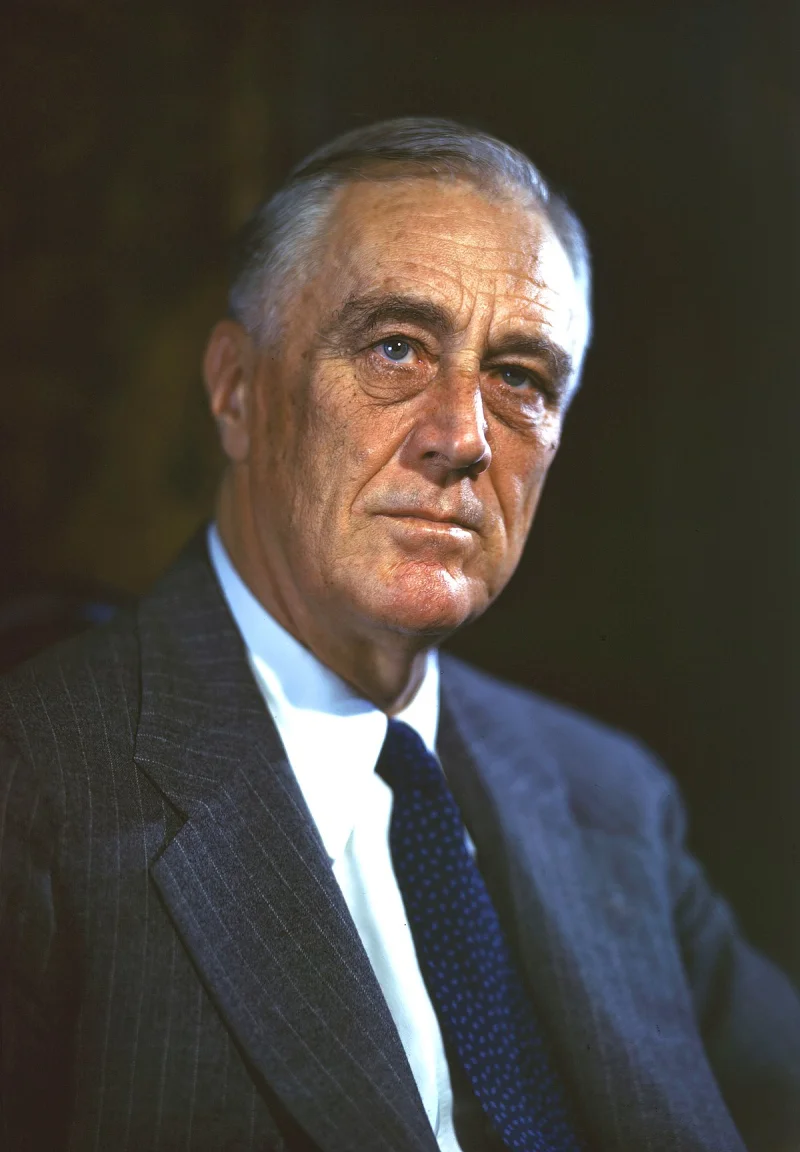Short Summary
Sitting Bull was a prominent Hunkpapa Lakota leader who played a significant role in Native American resistance against United States government policies. He is best known for his leadership during the Battle of Little Bighorn, where his strategic insights contributed to a historic victory over General Custer's forces. Renowned for his wisdom and spiritual leadership, he became a symbol of Native American struggle for autonomy and preservation of their way of life. His legacy endures as a testament to resistance and resilience in the face of overwhelming odds.
Early Life & Education
Sitting Bull was born around 1831 near the Grand River in what is now South Dakota. His birth name was Tatanka Iyotake, reflecting his heritage as a member of the Hunkpapa Lakota Sioux tribe. From a young age, he was immersed in the traditional ways of his people, gaining skills in hunting, horse riding, and the Lakota warrior ethos. His father, Jumping Bull, was a respected warrior, and his uncle, Four Horns, played an influential role in his early life. These familial ties instilled in him a profound sense of cultural pride and responsibility toward his community.
Career Highlights
Sitting Bull emerged as a leader during a tumultuous period marked by increasing encroachment of settlers into Native American territories. He gained prominence as a warrior and a spiritual leader, known for his visions and charisma. In 1868, he was chosen as a chief of the Hunkpapa, uniting various Sioux factions. His leadership during the Great Sioux War of 1876, particularly at the Battle of Little Bighorn, solidified his status as a formidable leader. In later years, he joined Buffalo Bill's Wild West Show, highlighting his adaptability and continued advocacy for his people's rights.
Major Achievements
- - Successfully led a coalition of Native American tribes at the Battle of Little Bighorn in 1876.
- - United various Sioux factions, strengthening their resistance against U.S. policies.
- - Became a symbol of Native American resistance and a spiritual leader of his people.
- - Played a significant role in preserving Sioux traditions and culture during periods of adversity.
Famous Quotes
- "I wish it to be remembered that I was the last man of my tribe to surrender my rifle."
- "Let us put our minds together and see what life we can make for our children."
Interesting Facts
- He had a vision of soldiers falling into his camp, which preceded the Battle of Little Bighorn.
- Sitting Bull's given name, Tatanka Iyotake, means "Buffalo Bull Who Sits Down."
- He was killed in 1890 by Indian police during an arrest attempt, which was part of the U.S. government's efforts to suppress the Ghost Dance movement.
- He traveled with Buffalo Bill's Wild West Show in the 1880s, gaining international recognition.
Legacy / Influence
Sitting Bull's legacy is characterized by his unwavering commitment to his people's sovereignty and cultural preservation. He remains an iconic figure in Native American history and is revered for his leadership and spiritual insight. His life and actions continue to inspire discussions on indigenous rights and cultural resilience, and he is remembered as a symbol of defiance and dignity in the face of oppression.
FAQ
Q: Why is Sitting Bull famous?
A: He is famous for his leadership during the Battle of Little Bighorn and his role as a symbol of Native American resistance.
Q: What was Sitting Bull's role in the Great Sioux War?
A: He was a key leader, uniting various tribes in their struggle against U.S. military forces.
Q: How did Sitting Bull die?
A: He was killed in 1890 by Indian police during an arrest attempt related to the Ghost Dance movement.









